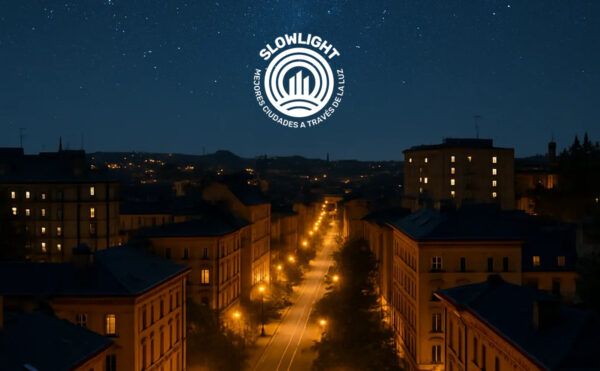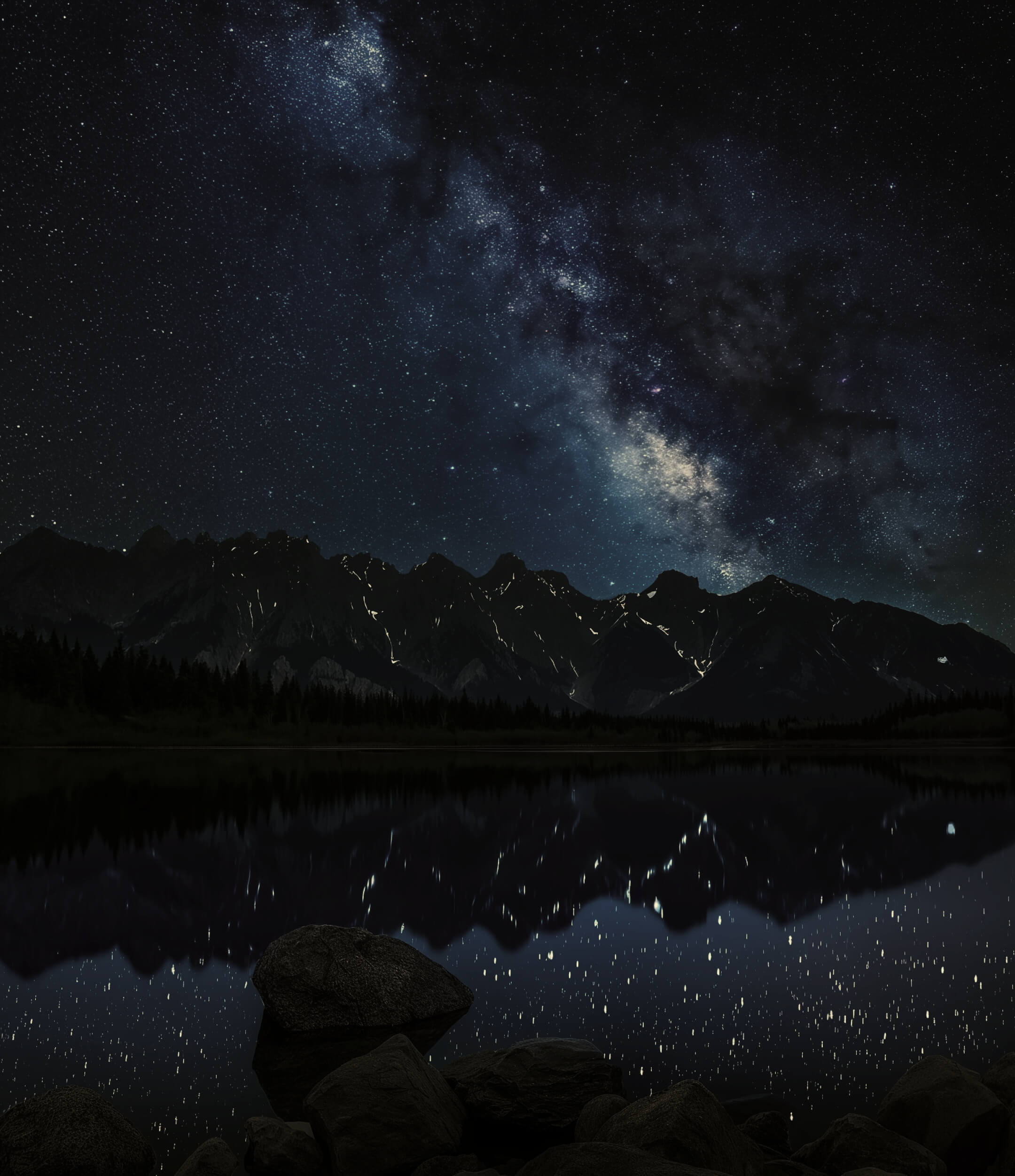Slowlight: The Movement That Wants to Reclaim the Night


Posteado
Cielos Chile
schedule Friday 23 de May
From Spain, the Slowlight movement promotes a cultural shift around darkness and the way we light cities. Its co-founder, Coque Alcázar, seeks to promote public management of the night and highlights Chile as a role model for international organizations.
On March 27, just seventeen kilometers from Seville, a group of professionals from various disciplines gathered in the city of Alcalá de Guadaíra to attend the Slowlight 2025 Congress. This event addressed the issue of light pollution from the perspectives of urban planning, lighting design, science, the arts, and other fields. It was organized by Slowlight, an initiative originating in Spain and led by Coque Alcázar and Raquel Valiño.
Since 2001, Coque Alcázar has served as a municipal industrial engineer in the city council of La Coruña, in Galicia. Over these 24 years, he has closely observed how public lighting systems operate and their challenges. One of the key moments that sparked his interest in the issue was when his own family was affected by intrusive light entering their home. That discomfort, combined with a non-conformist attitude, led him and Raquel to publish the Slowlight Manifesto in 2020. “The manifesto was incredibly well received. We realized we had taken an important step and founded the Slowlight association,” he added.
The Role of Public Officials and Regulations
Drawing from his experience in public administration, Coque Alcázar believes that transforming urban lighting requires both political and technical will. “I believe that countries—at all levels, from local councils to provincial governments, regional authorities, and the national government—should have unified regulations. Chile is showing us the way,” he said, referring to the new lighting standard.
In his view, public officials have an active role in lighting management: “They must ensure the system works, consumes little energy, is safe, and at the same time produces as little light pollution as possible.” While he acknowledges that a complete replacement of polluting fixtures requires investment, he emphasizes that many low-cost actions can make a difference: “You can adjust lighting schedules, add shielding to luminaires. There are many things a municipal technician can start doing without much money.”
Why Should the Night Reclaim Its Role?
What began as a project to reduce light pollution by rethinking how we light public spaces has become a movement to restore the cultural value of the night. “We believe that humans have become disconnected from the night and therefore from darkness. What we’re doing is creating a movement to know it, interpret it, feel it, value it, and, through that, help protect it,” said the Slowlight co-founder.
When asked why the night should reclaim its role, Coque is clear: “Because we can’t be sustainable without our night.” He explains that the night is a key factor for human health and for ecosystems. Slowlight, he says, aims to educate and raise awareness about the public value and management of the night. “The night holds engines of activity, of rest, of public health, of landscape, among other things,” he added.
How Slowlight Works in Spain
Today, in addition to its founders, Slowlight includes a network of more than thirty collaborators from various disciplines who have launched different projects across Spain. One of their most notable initiatives is Slowlight Kids, which began with a series of workshops in a school for children aged 9 to 12. “The project aims to help children understand what light is, what darkness is, how light affects living beings, and the impacts of light pollution—through play and emotion. It starts in the classroom, but then we go on night walks with the families, so it’s also oriented toward the home, neighborhood, and city,” he explained.
To date, over 700 children in Spain have participated in these workshops. The Slowlight team is now working on a new step: launching a European-level project to strengthen school curricula related to the night and lighting.
The organization also offers consulting services to approach the night as a social, environmental, and tourism resource, advising various regions and public administrations on responsible lighting practices. Among its next goals is to create a label for best practices in nighttime landscape, recognizing public or private entities that make progress in this area, and consolidating a network of organizations committed to Slowlight’s principles.
An Open Invitation to the World
Looking ahead, the movement’s co-founder envisions an organic expansion of the initiative. “We’re happy to share our vision. I’d love for someone to lead the Slowlight movement in Chile or other parts of the world and help it grow,” he concluded.

Subscribe to our newsletter
Receive relevant information about the skies of Chile every month
